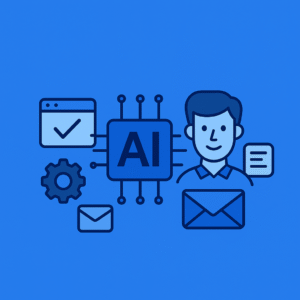
How Productivity Is Changing with AI and Shifu
Productivity, as we knew it a decade ago, has drastically evolved. In today’s worlddriven by rapid technological changesexpectations for efficiency are higher than ever. Companies and professionals are looking for new ways to manage their time, optimize resources, and achieve results with less effort. In this context, artificial intelligence (AI) has emerged as one of the most powerful and transformative tools.
In 2025, AI doesn’t just assist with tasks; it redefines how we understand work. It automates, analyzes, predicts, personalizes, andmost importantlyallows humans to focus on what truly matters: creativity, strategy, and decision-making.
This article offers an in-depth look at how AI is reshaping productivity at its core. We’ll explore tools, practical examples, and key trends that are setting the new standard of efficiency in today’s professional landscape.
1. Intelligent Automation: Beyond Repetitive Tasks
Traditionally, automation has been associated with executing simple, repetitive taskssending automated emails, moving files, generating weekly reports. But AI has elevated automation to a much more sophisticated level.
Today we talk about intelligent automation: systems that not only follow instructions, but learn from our actions, understand context, and act based on patterns. These tools allow for workflows that dynamically adapt to changing circumstances.
For example, an AI tool can detect that every Monday you review the same reports, filter the same data, and share it with your team. Instead of doing this manually, the AI learns this routine and executes it automatically, tailored to your preferences.
2. Virtual Assistants That Truly Assist
Digital assistants have evolved rapidly from simple chatbots to intelligent systems that can understand language, interpret priorities, and anticipate user needs. The qualitative leap has been immense.
These new assistants are no longer limited to answering basic questions. They connect to your calendars, tasks, emails, and chats, creating a consolidated view of your day. They even help with decision-making by highlighting bottlenecks or identifying tasks with the highest impact.
Imagine starting your workday with an assistant like Shifu that has already reviewed your to-dos, meetings, and messagesand presents you with a prioritized list of what to tackle first, along with smart suggestions to delegate, reschedule, or dismiss tasks.
Key benefits:
Smart prioritization
Integration with multiple tools
Reduced decision fatigue
3. Predictive Analytics for Smarter Decision-Making
Productivity isn’t just about doing moreit’s about doing what matters. With predictive analytics, AI can identify patterns in large volumes of data and forecast future outcomes.
This is especially valuable for strategic decision-making. Sales teams can predict when a customer is ready to buy. HR teams can anticipate burnout. Project managers can detect bottlenecks before delays happen.
4. More Efficient Meetings and Communication
Meetings are one of the biggest time drains in any organizationand not all are necessary. AI has introduced brilliant solutions to optimize them.
Tools like Otter.ai and Fireflies automatically transcribe meetings, generate executive summaries, identify key decisions, and extract actionable tasks. This saves time, improves clarity, and prevents misunderstandings.
5. Personalized Workflows
Everyone works differently. Modern AI adapts digital environments to the specific needs of each user. This includes assigning demanding tasks during your most productive hours or suggesting breaks when signs of fatigue are detected.
Customized workflows improve productivity by reducing distractions, organizing days more intelligently, and maintaining prolonged focus.
Psychological benefits:
Less cognitive fatigue
Greater job satisfaction
Better balance between creative and operational tasks
6. Seamless Platform Integration
One of the greatest enemies of modern productivity is constant context switchingjumping between tools, managing passwords, copying and pasting data. It all creates friction.
Today, AI-driven platforms serve as command centers. They integrate calendars, documents, emails, messaging apps, and task managers into a single smart interface, eliminating digital chaos.
Real-world example: Shifu connects with Gmail, Google Calendar, Slack, Notion, and Trello to show you a single, prioritized view of your most important tasks, urgent meetings, and pending messagesall in one place.
Outcome:
Fewer human errors
More focus
More time for what matters
7. Shifu: An All-in-One Tool for Smart Productivity
Shifu is an AI-powered virtual assistant that simplifies your work by automating repetitive tasks and connecting your favorite tools. From managing emails and notifications to sharing files in the cloud, Shifu handles it allso you can focus on what really matters.
Examples of Shifu automation:
Email filtering: Automatically organizes your inbox
Response automation: Replies to emails/messages on your behalf
Smart deletion: Cleans unnecessary emails automatically
Custom notifications: Sends alerts for high-priority items
File management: Organizes and shares documents effortlessly
Automated reports: Creates and sends recurring reports
Data sync: Provides real-time access to key information via AI
Instead of relying on multiple apps for each task, Shifu centralizes everything in one environment that learns, improves, and adapts to you and your team.
Try it now.
Conclusion
Artificial intelligence has gone from experimental to essential. In 2025, ignoring its potential is like working blindfolded in a world that’s already learned to see clearly.
It’s no longer about working faster, but about working smarterfreeing people from repetitive tasks and allowing them to focus on value-driven actions.
Adopting AI solutions isn’t a trendit’s a strategic decision. Because the future of productivity isn’t about doing more, but about doing the right things at the right timewith the help of technology built to enhance human potential
